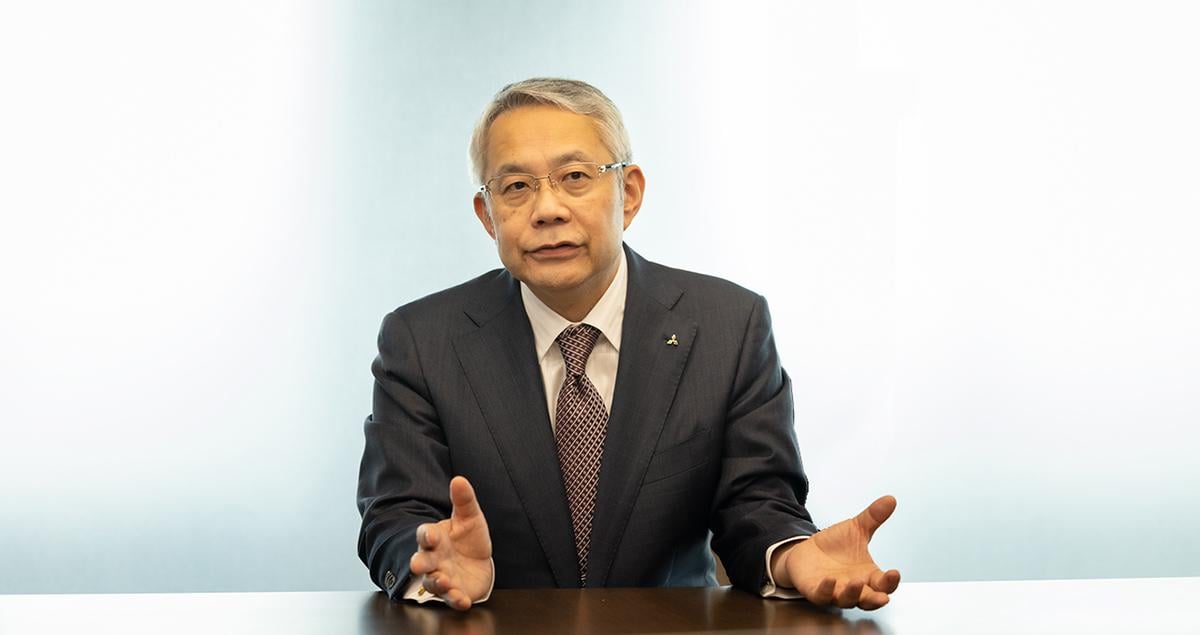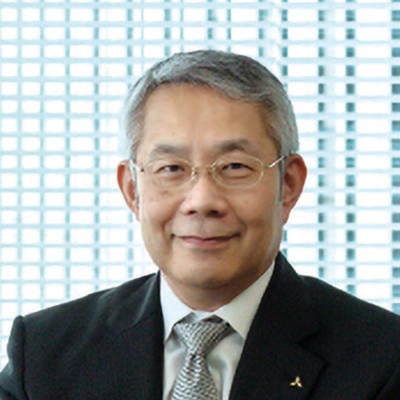Balancing act: Embedding sustainability into MHI’s finances

This article was previously published in our newsletter, if you're not already a subscriber, sign up here.
At Mitsubishi Heavy Industries (MHI) we see our purpose as helping to build a more sustainable society through the application of our products and technologies – most notably, by enabling the world to decarbonize.
To be able to do that, however, we must be sustainable in another way: sustainably profitable and cash generative; able to control our costs, manage our supply chains and attract the best talent, however volatile the external environment; and with the financial strength to invest consistently in the most promising technologies and growth areas.
Much of this is the responsibility of the finance function. Our work attracts less attention than the products and solutions being developed by our engineering colleagues. But we are also hard at work to advance MHI’s journey to sustainability -- as set out in our October 2021 MISSION NET ZERO declaration, which sets a goal of Scope 1-3 carbon neutrality including reductions via CCUS by 2040 – fully 10 years ahead of most national and industry targets.
Bonding with the markets
Starting in November 2020, we have issued two green bonds and one transition bond, raising a total of JPY50 billion (around $350m) in five-year money to invest in clean technologies such as hydrogen and CO2 capture. We are also planning to issue a second transition bond in August. In addition, we have arranged a Positive Impact Finance loan facility with our house bank to help realize the various United Nations Sustainable Development Goals (UN SDGs) that MHI has committed ourselves to.
Not only are such ‘use of proceeds’ bonds and loans prompting us to direct funds at specific low-carbon investments. They also incorporate key performance indicators which our management and our external stakeholders will use to measure progress.
In return, we achieve a lower cost of funding than we otherwise would. I cannot provide the exact numbers, but looking at the yield of both MHI’s plain vanilla bonds and those issued by our peer group, I would say our sustainability-linked issues save us 5-10 basis points (100ths of a percent), the equivalent of one credit rating notch. MHI’s second green bond, for example, carries a coupon of just 0.09% – low even for Japan.

More importantly, we are establishing MHI as a ‘sustainable’ company in the minds of financial investors and this is an important part of our future proofing. The cost of capital for any company that has not set clear net zero goals may increase materially in coming years.
Winning new investors
The same trend is apparent on the equity side as money flows out of ‘non-green’ industries and into ESG and sustainability-related funds. As a cleantech supplier, MHI is starting to benefit.
This year, our share price has been pulled along by the general boom in Japanese stocks as investors are allocating more money to the market and are taking advantage of the weak yen while also recognizing Japan’s progress on corporate governance reform.
But MHI’s shares have been rising since the start of 2022. With our world-leading market shares in advanced gas turbines and CO2 capture systems, our investment in building hydrogen and CO2 solutions ecosystems, a renewed interest in the nuclear power business and growing defense spending, we are well positioned regarding many of today’s biggest growth themes – and investors are recognizing that.
While MHI has been included in leading sustainability indices for years, it feels different today. Three years after we first started promoting our Energy Transition strategy, it appears that investors are starting to understand and appreciate it as they see our progress in reality. More ESG funds are becoming interested in the stock and we are seeing growing interest in our business briefings and factory tours. Meanwhile, traditional investors are attracted by MHI’s contributions to ensuring energy security.
The share price has increased by two-and-a-half times since I became CFO in April 2020 and our price/book ratio – a key metric for me – has improved from 0.5 to 1.3 times over the past three years. This is a good start.
Funding the future
Of course, we need to keep pushing forward with MISSION NET ZERO. At our Mihara Machinery Works near Hiroshima we are demonstrating how to completely decarbonize a factory using our own technologies. At Takasago, where we manufacture our gas turbines, we are building an end-to-end hydrogen value chain. In the future, we may also adopt internal carbon pricing but doing so today would hinder rather than help essential investment.
The job of my team is, above all, to generate the cash for that investment. We are on track to achieve the 7% business profit margin and 11% ROE we have targeted for the current fiscal year: revenues and orders are growing, supply chains stabilizing and we are able to pass on cost inflation. We need to be more ambitious, however. I believe MHI is capable of consistently achieving double-digit ROE.
At the same time, we want to further decrease our debt/EBITDA ratio and improve our credit rating from BBB+ to A- or A, while continuing with progressive dividends. If our profitability improves as we expect, we should be able to invest for the future while rewarding shareholders along the way. That is what I would consider true sustainability.
![]()
Learn More About MHI’s Financial Performance





